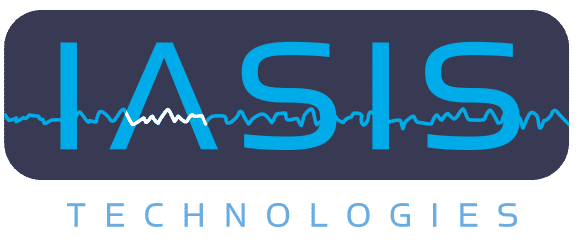Pilot Study for Mild Traumatic Brain Injury
Neuroimaging Changes Detected After Low-Intensity Pulse-Based Transcranial Electrical Stimulation
Background
Mild traumatic brain injury (mTBI) is a leading cause of sustained impairments in military service members, Veterans, and civilians. However, few treatments are available for mTBI, partially because the mechanism of persistent mTBI deficits is not fully understood.
Methods
We used magnetoencephalography (MEG) to investigate neuronal changes in individuals with mTBI following a passive neurofeedback-based treatment programme called IASIS Micro Current Neurofeedback. This programme involved applying low-intensity pulses using transcranial electrical stimulation (LIP-tES) with electroencephalography monitoring. Study participants included six individuals with mild traumatic brain injury and persistent post-concussive symptoms (PCS). MEG exams were performed at baseline and follow-up to evaluate the effect of IASIS Micro Current Neurofeedback on brain functioning.
Mild Traumatic Brain Injury Results
At the baseline MEG exam, all participants had abnormal slow-waves. In the follow-up MEG exam, the participants showed significantly reduced abnormal slow-waves with an average reduction of 53.6 ± 24.6% in slow-wave total score. The participants also showed significant reduction of PCS scores after IASIS Micro Current Neurofeedback treatment, with an average reduction of 52.76 ± 26.4% in PCS total score.
Mild Traumatic Brain Injury Conclusions
The present study demonstrates, for the first time, the neuroimaging-based documentation of the effect of LIP-tES treatment on brain functioning in mild traumatic brain injury. The mechanisms of LIP-tES treatment are discussed, with an emphasis on LIP-tES’s potentiation of the mTBI healing process.

Barry Bruder
CEO & Founder of IASIS Technologies International
To share the IASIS Technologies International news article, click on the social media application of choice below.




